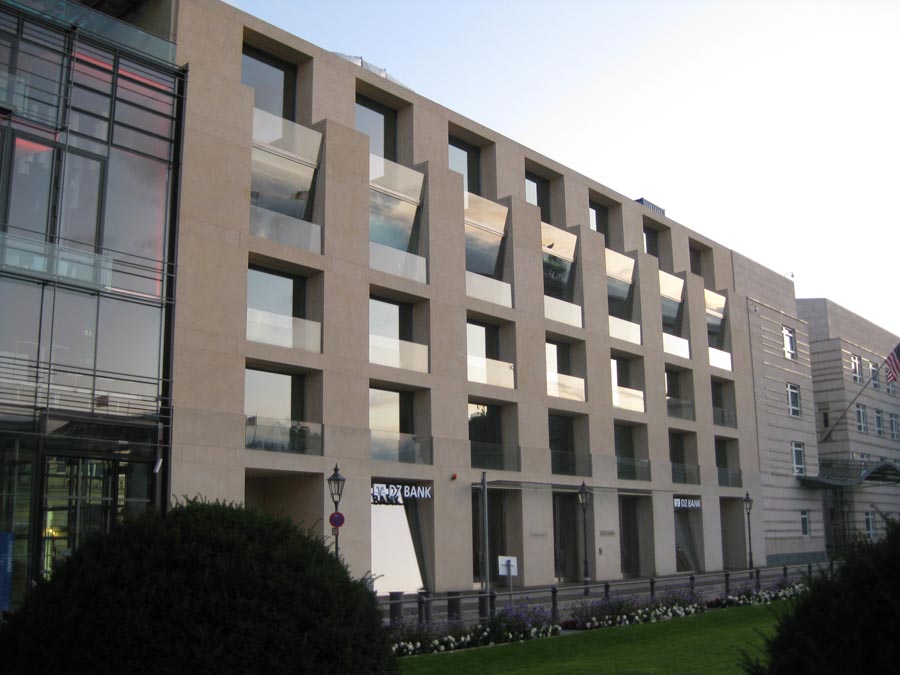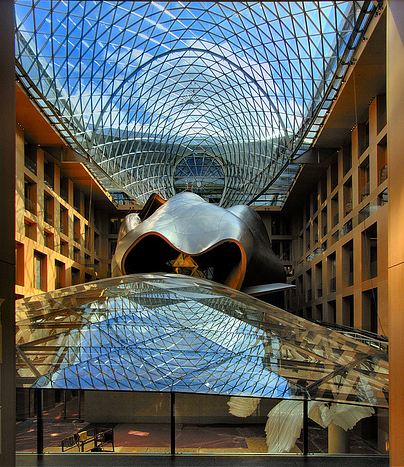Berlin is a place where art, architecture and culture meet in amazing ways, it’s where I fell completely in love! It was on my wishlist many years to visit but as my longing to see my family once or twice a year came before and then having young kids who wish to have adventures holidays it took me sometime to find the right opportunity.
You may have many approaches when visiting Berlin. You can look for far history back to 1300 when Berlin was still swamps and a hunting place or more recent history meaning the second world war, the wall and the political evolution in the 20th century.
You can visit Berlin for its amazing amount of museums and art galleries.
Or you can go like me to see architecture in its best form. Berlin of the last 30 years was and still is a fertile ground for architects and artists to evoke their best creativity.
It is not that I’m not interested in the second world war, it is just that I know quite a bit about it as jew growing in Israel. I learned in this visit another perspective of it: It was an awful time not only for the jews, gypsies, homo’s and invalids, it was awful time for the common people as well. They lived in fear and ignorance, they were not allowed to read books, visit concerts and theater the way they use to and loved to do. The folk that was so proud for their genious artists was living in the darkness. I didn’t come to judge; it’s enough to know and remember so that history won’t repeat itself again.
So when I visited the memorial places and the Jewish Museum, I focused entirely on the feeling that the architect or the artist wished to evoke and tried to understand what I feel and how I experience their message and that’s what I wish to share with you and hear your opinion about. I will divide it in few posts so we can deepen the discussion in every part.
I would like to start with the DZ Bank Frank Gehry designed opposite the Brandenburg Gate.
I start with this building from many reason, one of them is that it’s not loaded with politically, historical or religious emotions. I anyway don’t like to involve in my conversations politics and religion so I hope we won’t get to it when we will talk about the memorials sites, the Reichstag or the Jewish Museum. For the ones who are not familiar who Frank Gehry is you might have heard about Guggenheim museum in Bilbao which is one of Gehry’s famous pieces of work.

DZ Bank facade
Unfortunately there are no visiting hours inside the bank, so you can just use your imagination of how it must feel to be IN this space. When you walk through the Brandenburg Gate from east to west, you enter a large square surrounded by obviously not striking buildings. This was an municipality obligation and you can understand why; not to take the focus from the most important monument they have. So if you don’t know about the special feature of the bank, you won’t notice it at all. Further, if you know about the bank and you know Frank Gehry architecture style you would continue looking forever for the building (that’s what actually almost happened to me :-)). The building looks on the outside sober and boring! BUT when you enter the huge glass doors which open smoothly by putting your hand in front of a green button your breath is literally taken. There, inside Frank Gehry put his signature in all his might.
Well, I can tell you that not only I thought it is a piece of art, Gehry himself said it is his best work so who am I to contradict him?

I’m adding a picture because words can’t really transform the feeling you get while standing there and I’m actually afraid the picture doesn’t do the work as well so you will need to go there yourself 😉
One of the things that I like in art in general and in architecture as well, is the surprise element.
I’ll come back to it in future posts because Berlin is full with surprises.
In this building I think Gurey did an amazing job. He followed all the tough requirements the municipality put on his path and still he “fooled” them and went wild on the inside.
I’m curious to hear from you what do you think about Gehry’s approach?
I think we can learn from him quite a bit not only about architecture but also his approach to obstacles, how do we act when obstacles come in our way? How creative are we when it comes to solving problems in our life or at work?
For myself, I can be very creative solving others challenges (dahhh! you may say, otherwise you won’t be able to be a good interior designer) but when it comes to difficulties in my personal life I still have what to learn.
Does it sounds strange to you?
If you already have seen the bank yourself, would you like to share your experience?
